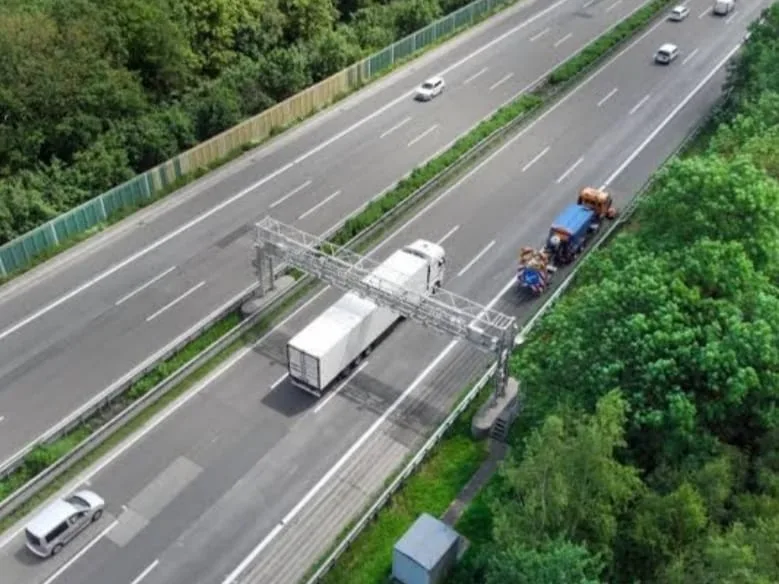Cool roof technology involves using materials and designs that reflect more sunlight and absorb less heat than standard roofs . This helps to keep buildings cooler, reduce energy consumption, and mitigate the urban heat island effect .
Detailed overview:
- Basic Principle: Cool roofs work by increasing solar reflectance (the ability to reflect sunlight) and thermal emittance (the ability to radiate heat) .
- Types of Cool Roofs:
- Reflective Coatings: These are specialized coatings applied to existing roofs to increase their reflectivity. They can be used on various roof types, including metal, asphalt, and concrete .
- Highly Reflective Roofing Materials: These include tiles, shingles, and membranes that are manufactured with high reflectivity .
- Green Roofs: Although not solely for cooling, green roofs (roofs covered with vegetation) can reduce heat absorption and provide insulation .
- Benefits:
- Energy Savings: Cool roofs can significantly reduce the need for air conditioning, leading to lower energy bills .
- Reduced Urban Heat Island Effect: By reflecting more sunlight, cool roofs help lower ambient temperatures in urban areas .
- Improved Building Comfort: Buildings with cool roofs tend to be more comfortable as they maintain cooler indoor temperatures .
- Extended Roof Lifespan: Reduced temperature fluctuations can help extend the lifespan of roofing materials .
- Environmental Benefits: Lower energy consumption translates to reduced greenhouse gas emissions .
- Materials Used: Common materials include reflective coatings made with acrylic or elastomeric compounds, cool-colored pigments, and highly reflective roofing membranes .
- Applications: Cool roof technology can be applied to both new and existing buildings, including residential, commercial, and industrial structures .
- Cost Considerations: While initial costs may be slightly higher for some cool roof materials, the long-term energy savings and reduced maintenance can offset these costs .
- Standards and Certifications: Organizations like the Cool Roof Rating Council (CRRC) provide standards and certifications for cool roof products, ensuring that they meet certain performance criteria .
- Limitations: The effectiveness of cool roofs can vary depending on factors like climate, building design, and insulation levels . In colder climates, the reduced heat absorption might increase heating costs during the winter, although this effect is generally less significant than the cooling benefits in warmer months .


























